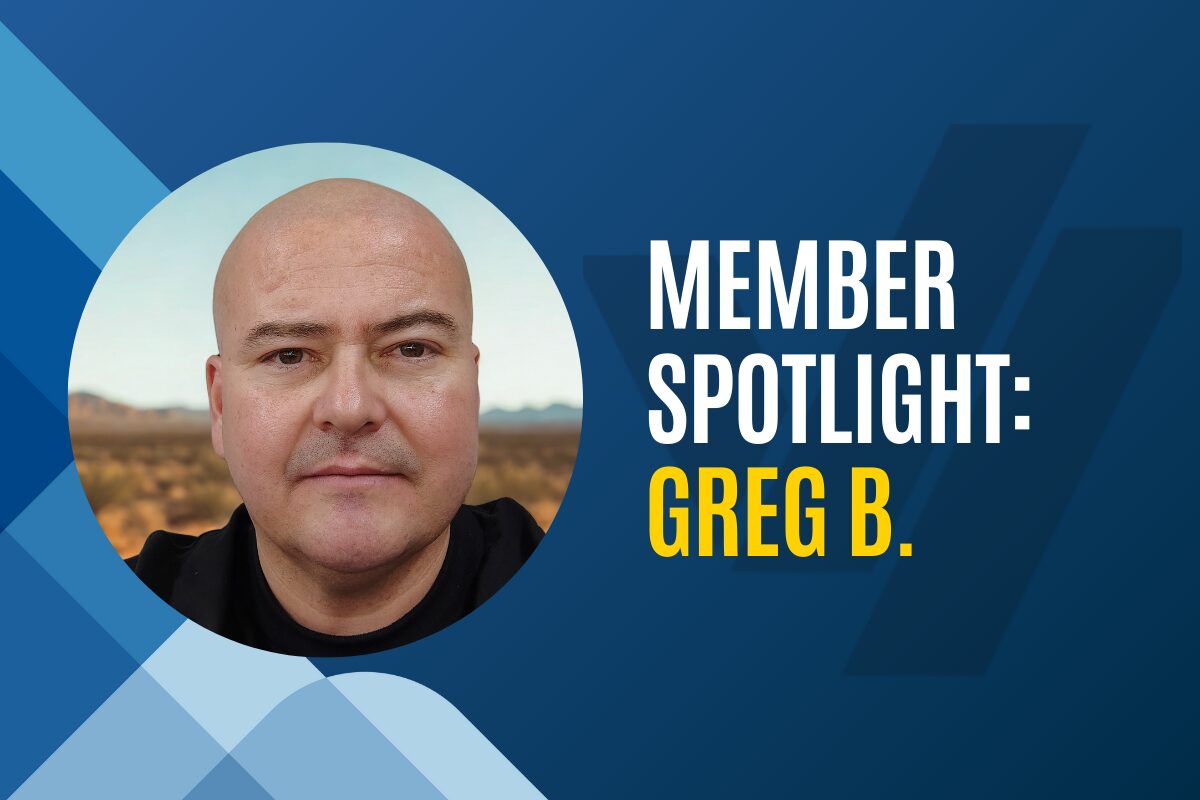We all know that saving money is the best way to gain financial independence. But knowing what’s good for us doesn’t always mean that we’ll follow, as recent data on Americans’ savings habits shows.
According to a 2017 GoBanking Rates survey, 57% of Americans had less than $1,000 in a savings account, while 39% had no savings at all. Judging from these numbers, it appears we have a savings crisis. Americans are unable or unwilling to save for emergencies and other expenses, which often means relying on credit, and which often leads to an expensive cycle of debt that’s difficult to escape.
Saving can be overwhelming. We’re often not sure how much to save, which can cause us to neglect building up our nest egg, and it’s too easy to pull money out of our emergency savings because anything is an emergency if we justify it.
How multiple savings accounts can help you save
A reporter once asked John D. Rockefeller, the richest man in history, how much money was enough. He replied, “Just a little more.” This is often how it feels to save without a specific goal in mind: If only you had a little more, you would feel financially secure. The problem with this type of thinking is that a little more is never enough and it can make saving money seem like an insurmountable task.
Having multiple savings accounts can help you save by slicing your savings goals into smaller, achievable steps. Each bucket represents a clear end goal with a set time limit, making it easier to visualize and realize your savings goal. Separate accounts can be set up for vacations, emergencies, a down payment on a house, your child’s education, or any other expense you’ll face in the future.
Having these separate accounts also helps to sharpen your financial goals. Setting clear goals gives you a better idea of exactly how much you’ll need to get to the finish line. This approach allows you to prioritize which accounts you will fund first and which you will contribute to over a longer period of time. For example: You might prioritize your emergency savings account over your vacation account.
How to structure your multiple savings accounts
Once you’ve figured out how many different accounts you need, you’ll need to find the right type of savings account to maximize your money’s value.
Different types of accounts provide different levels of return, so you’ll want to plan based on when you’ll need access to your money. Here’s a guide to help you decide how to divide up your savings.
Short-term financial goals
Short-term financial goals, such as an emergency fund, require that you have easy access to your money. Emergencies can happen at any time and you don’t want to be stuck in the position of being unable to get to your money or having to pay a penalty.
Regular savings accounts allow quick access while keeping your emergency fund separate from your checking account. While you’ll earn less interest than other types of accounts, a regular savings account won’t lock you into a long-term commitment.
Medium-term financial goals
Medium-term financial goals include saving for minor home renovations, car repairs, or a vehicle down payment. Since you won’t need the money right away, it’s best to maximize your returns in the meantime.
Certificates of deposit provide higher returns than a typical savings account. The rub is that you need to park your money in the account for variable amounts of time, ranging from 6 to 60 months. This can actually be good for future expenses because you’re unable to touch the account until the term ends. For example: If you’re planning to make your purchase within a year, you can invest in a 6-month or 1-year CD and collect higher returns while you save.
If you decide to push your purchase back even further, you can either reinvest in another short-term CD or transfer it to a regular savings account.
Long-term financial goals
The best part about CDs is their flexibility, as you can invest in variable terms that fit your financial plans.
Long-term financial goals, like saving for a down payment on a house, tend to take at least a year until you’ve saved up enough. Deciding on a long-term investment depends on how much money you have to work with. If you’re already getting close to your goal, you might want to opt for a short-term CD. But if you’ve got a ways to go in terms of reaching your goal, a longer-term CD might work better. Remember that the longer the term, the higher the earned interest.
If you have higher balances to invest but still want immediate access to your money, you should also consider a money market account. High-yield money markets give you both flexibility and higher returns, providing you with unlimited deposits and withdrawals, along with regular income through dividends. You’ll need at least $10,000 to open a money market, so these accounts are best for those who already have healthy savings but want to earn higher interest.
Separate and save
Once you reach your first financial goal, you’ll likely find it easier to achieve your other goals, as they will now appear more achievable. Use that momentum to continue setting goals and further save for your future. When a new expense pops up, you can simply open a new account to reflect this goal and start the cycle all over again—turning new expenses from stressful burdens into accomplishable challenges.
Vantage West Credit Union is on a mission to help Members and communities thrive. All products and services are subject to approval and subject to change. Certificates earn dividends. Certain restrictions apply. Vantage West offers consumer and business banking services, and is federally insured by NCUA.
Learn more at VantageWest.org





